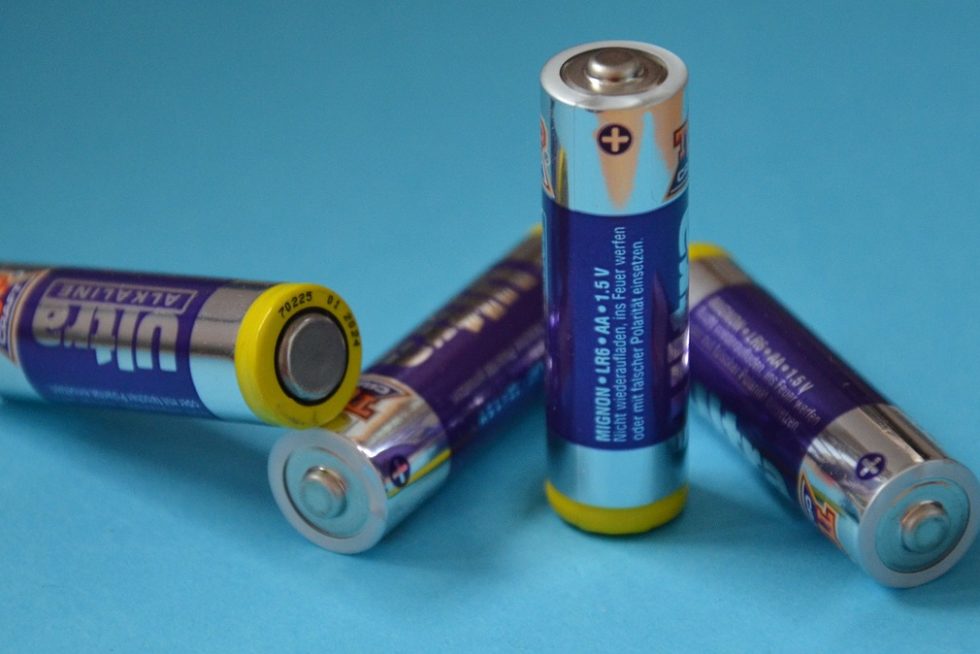As part of its efforts under the EU Green Deal including the strategic action plan on batteries and the new circular economy action plan, the EU Commission published a proposal to modernize the legislative framework for batteries. Among others, the initiative aims are addressing several interlinked problems:
- The lack of framework conditions providing incentives to invest in production capacity for sustainable batteries;
- The suboptimal functioning of recycling market and insufficiently closed material loops; and
- Social and environmental risks which are currently not covered by the regulatory framework, such as transparency in sourcing raw materials, hazardous substances and potential for offsetting environmental impacts of battery life cycles.
Hence, the proposal (now a Regulation rather than a Directive) targets three areas: a) strengthening the internal market by levelling the playing field through common rules; b) promoting a circular economy and c) reducing social and environmental impacts at all stages of the battery life-cycle.
In summary this means, the proposal intends to move away from a “end-of-life” focused set of rules to regulatory provisions which cover aspects of the production as well as the use phases of batteries as well.
While the proposal foresees for several implementing acts to be established and with that many details are not available yet, the draft proposes inter alia the following new requirements:
- Weight threshold for portable batteries: 5 kg and new definition for electric vehicle battery;
- From July 1, 2024 mandatory technical documentation including a carbon footprint declaration for certain types of electric vehicle and rechargeable industrial batteries (per battery model and batch per manufacturing plant);
- Declaration on the content of recovered cobalt, lead, lithium or nickel in certain types of industrial, electric vehicle and automotive batteries (from January 1, 2027) and introduction of minimum shares for recovered materials content (from 2030);
- From January 1, 2027 portable batteries are required to meet certain electrochemical performance and durability criteria;
- New labelling requirements including information on hazardous substances contained other than mercury, cadmium or lead, critical raw material contained in the batteries and integration of a QR code leading to information on the manufacturer, battery type and identifier, chemistry etc.;
- The proposal would transition the EU Batteries Directive to a CE Marking Regulation: A conformity assessment shall be carried out and the manufacturer shall draw up the required technical documentation. Batteries that meet the requirements shall be marketed with the CE mark;
- Introduction of “Authorized Representative” model for manufacturers which are not established in a Member State: designation is a market entry requirement.
Please contact us if you would like to learn more about further proposed changes or if you would like to receive further updates on the regulatory process!



